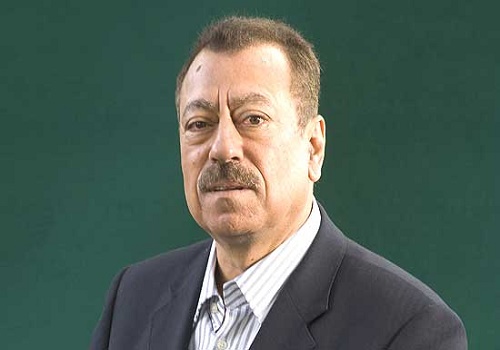Taking Yemen Toward Partition
Abdel Bari Atwan
The quarrel between Saudi Arabia and the UAE over war aims and allies is leading to the secession of the south
The secession of southern Yemen from the rest of the country is proceeding apace by the day. The credit for this goes to the Saudi-led coalition and its two-year-old operation Decisive Storm military campaign, and to the decisions of President Abed Rabbo Mansou Hadi and his way of managing the Yemeni crisis — with the strong backing of Saudi Arabia where he and his prime minister and cabinet are based.
Last week, the supposedly former governor of Aden, Aidarous al-Zubaidi, proclaimed the formation of a Southern Transitional Council Presidency Body to act as a parallel or alternative government administering the southern provinces. Zubaidi had been sacked by Hadi at the end of April along with his ally Hadi Bin-Breik, a salafi sheikh and minister of state. The 26 members of the Presidency Body whose names were announced by Zubaidi included two other former ministers who quit Hadi’s government to join the new formation, the governors of five southern provinces and other figures who wield social and political influence in most if not all parts of the south, notably among supporters of the pro-secession Southern Movement.
In the wake of Hadi’s dismissal of Zubaidi and Bin-Breik, large demonstrations were held in Aden and other parts of the south in protest at the move an at Hadi’s leadership. These protests effectively served as a show of support for the secession of the south under Zubaidi’s leadership, declaring a final break with Hadi’s ‘legitimate’ government and slamming the doors shut to the new governor of Aden he appointed.
This is an extremely important turn of events, perhaps laying the foundation stone for the formal establishment of a South Yemeni state and the naming of Zubaidi as its head. Zubaidi has received strong support from veteran southern leaders such as the south’s former president Haidar al-Attas and the head of its ex-ruling Yemeni Socialist Party, Ali Salem al-Baidh. This would mean restoring — for the south at least — the status quo ante the unification of Yemen in 1990, and achieving the objectives of the short-lived 1994 war of succession. That was thwarted by then-president Ali Abdallah Saleh with the help – ironically – of the Muslim Brotherhood-affiliated Islah Party.
The United Arab Emirates openly supports the Southern Movement, as it does Zubaidi and Bin-Breik, who are among its most prominent Yemeni clients. Its severely strained relations with the Saudi-backed Hadi have now evidently broken down completely and all attempts to reconcile the two sides resulted in failure. It would seem that Yemen’s official president will have difficulty returning to either of his two capitals – the permanent capital Sanaa or the temporary one Aden – in the near future, and his stay in Riyadh may prove to be protracted or even permanent.
This rapid move towards the separation of the south reflects the dispute between the two principal players in the Decisive Storm coalition, Saudi Arabia and the UAE, over war aims and allies in Yemen. Despite repeated public statements from both sides denying any disagreements, it seems that channels of communication between them regarding coordination in the south have been all but blocked.
Zubaidi declared that ‘the South’ would continue to be partner the coalition in confronting Iranian influence in the region, and to partner the international community in its war on terror represented by extremists groups such as al-Qaeda and Islamic State. He may have meant it, but the rules of these partnerships will be set in the UAE.
Sheikh Muhammad Bin Zayed, the crown prince of Abu Dhabi and deputy commander of the UAE armed forces, was in Washington last week to consult with President Trump and officials in his administration. It is likely that the question of recognising the government of President Zubaidi was high on his agenda.

